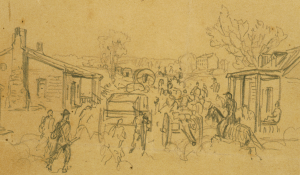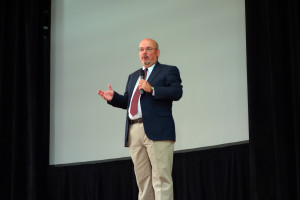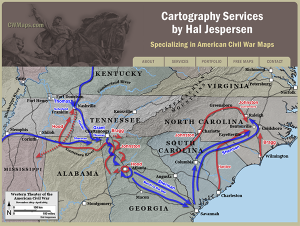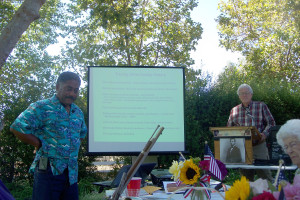Robert Burch on “The Battle of Big Bethel and the Struggle for Control of the Yorktown Peninsula”, Part 1
Nested between the Siege of Fort Sumter and the Battle of First Bull Run (aka First Manassas) during the spring of 1861 is the often overlooked action at Big Bethel church, Virginia, on June 10th, 1861. Many historians and Civil War enthusiasts consider this action the first true battle of the war. Unfolding political and military events quickly turned Virginia into the first active theater of campaigning for Union and Confederate armies. The Yorktown Peninsula soon became the first contested area within that theater. Conceived by local Union Army leaders as raid to stop Confederate pickets from harassing Union troops, Big Bethel instead became the testing ground for two citizen armies that were mustered, equipped, trained, and deployed over a six-week period following Fort Sumter. Union volunteer regiments attacked Confederates led by John Magruder and Daniel Harvey Hill for three hours. What happened that day and its results were the focus of national attention on both sides until Bull Run six weeks later.
To properly place the action at Big Bethel in perspective, the presentation begins by summarizing the political and military events that led a peaceful nation to war. The political factors that caused thousands of volunteers to fight with passion on June 10th are highlighted. Next the military factors that caused Virginia to become the first active theater of operations and Yorktown Peninsula to host the war’s first battle are surveyed. All participating Union and Confederate regiments and their leaders are concisely portrayed. Finally, the aftermath, analysis and significance of the battle are reviewed. The PowerPoint slides document the product of the speaker’s research in great detail. Time allows only a few key points from each slide to be presented. Numerous period photographs and magazine drawings are included for visual effect with the intent of bringing to life the drama and passion of the war’s first test of arms. Continue reading





